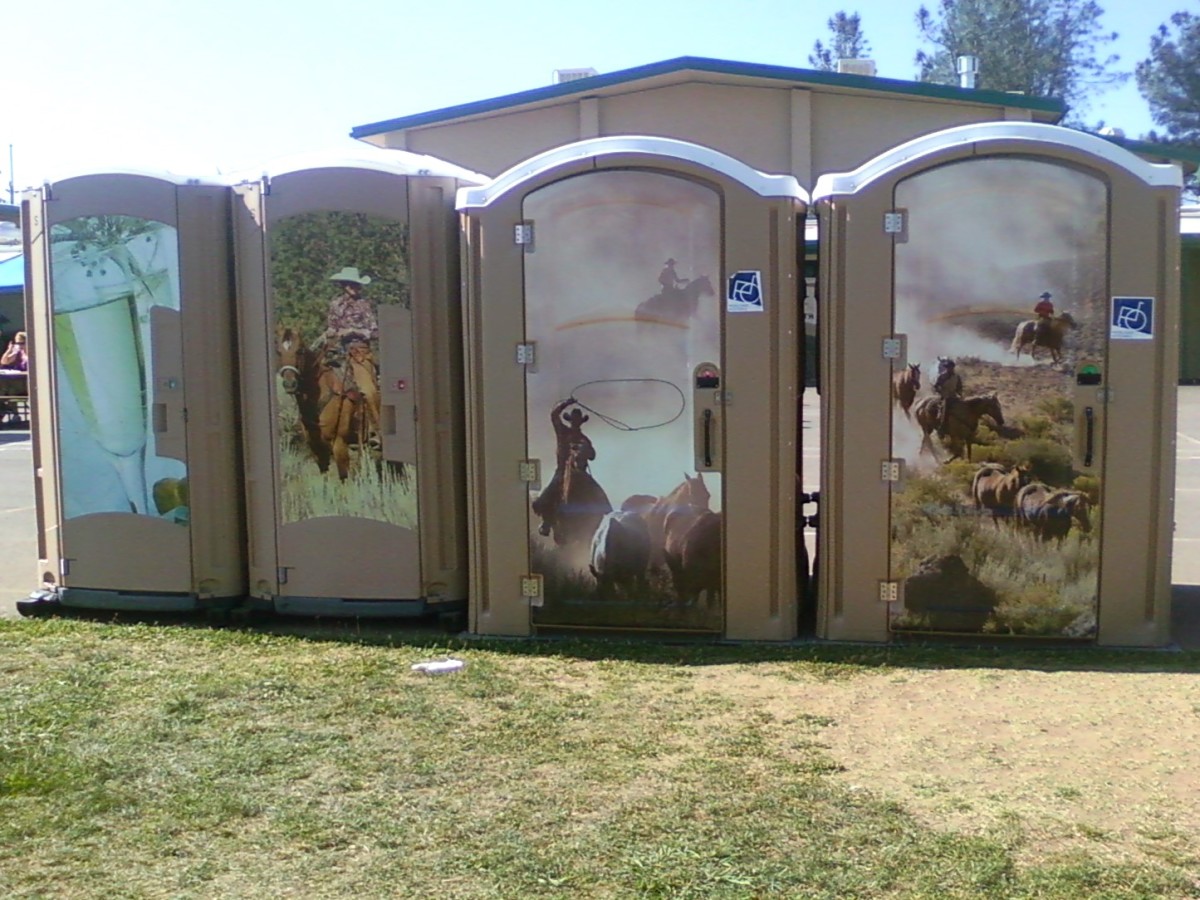Makerspaces - Collaborative Creative Communities

Reinventing education and society for the new economy
We entered the Networked Economy 20 years ago - riding the wave of global connectivity - the internet. The world wide web changed the way and where we do business , communicate with friends and strangers, and learn about anything we want - whenever we want.
For a hundred years we've been trained to be cogs in a machine. Now we need to be nodes in a network - connecting and sharing wisdom, knowledge, hands-on DIY experience, ideas and innovation.
So why are we still educating our kids and training adults for the industrial economy?
Makerspaces are new collaborative communities fostering creativity, exploration, critical thinking, imagination and social interaction. People of all ages, incomes, backgrounds and ethnicities are re-imagining the future of our society through informal learning and skills sharing.
Innovation happens when creative ideas cross pollinate, and people explore their individual passions on their own initiative.
What's a makerspace? - Learning, creating, playing
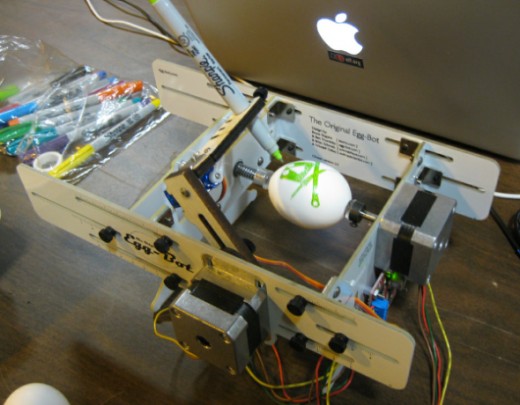
Makerspaces enable informal learning in any number of disciplines - woodworking, robotics, 3-D printing, arts & crafts, dance, metalwork, CAD, CNC machines, sewing - anything really. They're inclusive DIY and DIWO (do it with others) social spaces that foster creative exploration, essentially replicating online forums in real time and space.
Think of makerspaces, sometimes called hackerspaces, as modern community centres fullfilling a variety of the social and educational functions that used to be served by churches, night schools, apprenticeships, the YMCA, hobby clubs and non-profits. It's a place where people of all ages and backgrounds can go to learn how to do things they want to do - and discover new things they might like to do.
Activities and ideas cross traditional boundaries of age and disciplines - sparking new creations and innovations limited only by your imagination - and of course, physics.
The hacker movement was born in 1980s Germany when computer enthusiasts started meeting regularly to share computer knowledge, skills and eventually an internet connection. Chaos Computer Club and it's offshoots became popular working and discussion centres where they'd not only share coding and soldering skills but discuss the philosophical ramifications of an increasingly connected society.
Hacker/Makerspaces, are social, inclusive, democratic, and collaborative places where learning extends far beyond the projects that attracted the members there in the first place.
Mitch Altman on why we need makespaces - Democratic social learning
Mitch Altman, inventor of TV BeGone, is one of the pioneers of the makerspace movement in North America and co-founder of Noisebridge, in San Francisco, a volunteer-run registered non profit makerspace started in 2007. Noisebridge has a machine shop, optics lab, a darkroom, kitchen and spaces for working on electronics and for socializing. You don't even have to be a member to use the space and it has only one rule:
"Be excellent to each other."
Mitch also devotes his time to visiting other makerspaces around the world - he mostly conducts workshops to show people of all ages how to solder electronics - a critical DIY skill for anyone interested in robotics and other projects based open source arduino hardware.
Every makerspace is unique - Create the community you want
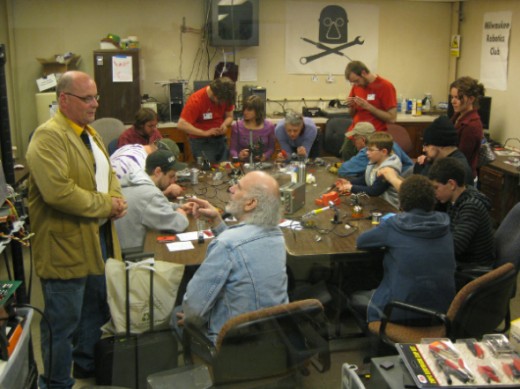
Not all makerspacers are the same. Some may have woodworking shops, metal lathes, 3-D printers, CNC routers, laser cutters, kitchens, office space, and conference rooms available by the hour, week or month. Many are accessible to members with RFID's 24 hrs a day - so you can work through the night if you're on a creative roll.
Real education happens at maker/hackerspaces. They're evolving to fulfill the role of preparing communities to adapt to the post-industrial economy. The explosion of DIY in everything from home renovation to jewelry and clothing since the turn of the 21st century is directly related to our ability to share and build on ideas through the internet.
Learn the basics with books
No matter what type of craft, art, passion or ideas you'd like to pursue, it's always helpful to start with the basics. There are relevant instructional and idea books on just about any topic you can imagine. Immerse yourself.

A growing network
1100 makerspaces and counting
To get a better sense of why so many makerspaces are opening in countries around the world, let's look at two graphics illustrating the conceptual differences between the Industrial/educational model of the past hundred years and the networked/educational model that we need to adopt.
The Industrial Age - Standards, efficiency and productivity
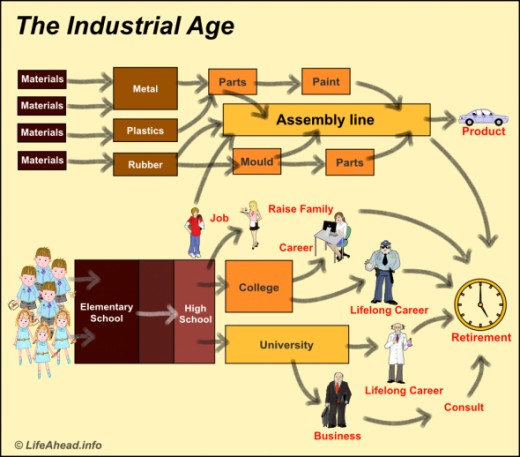
Standardized textbooks, classrooms, curriculums, and testing are 'old school' methods that worked in the industrial age when conformity was the goal.That approach is almost the exact opposite of what's required to engage young minds to thrive in today's hyperconnected world.
The industrial revolution truly started with the mass production process pioneered by Henry Ford in the early 1900s The assembly line is the model of productively because it separates each task into small efficient operations - the more often you did that task, the faster you could do it. Natural, creative and human ways of working were fragmented into repetitive, boring tasks, with goal of efficiency and measured in 'productivity'. If robotic technology had been around a hundred years ago - what would our western society be like today? Would a middle class ever have existed?
It's not hard to see the similarities between a factory and the western education system that grew to support it. They both follow a linear production line process - starting with raw materials (children) entering the system, hammered and stamped into the required shape. At every stage, further processing refined each component to play a specific role as an efficient, productive part of the industrial economic machine upon exiting the education assembly line. This worked very well when there were jobs available for all education and skill levels from high school dropouts to PHDs.
The social contract between government, business and employees was that everyone would work hard and contribute until they earned retirement at age 65.
That's over. Why?
The economic underpinnings of the industrial model - existing tax laws, labour markets, investment, fiscal & social policy and most importantly, education - are out of sync with the explosive technological advances over the past two decades.
We need to re-engineer the system to suit the network economy.
The Network Age - Creative, disruptive and inefficient
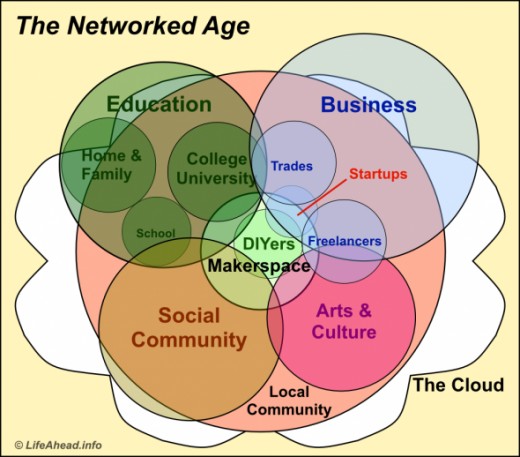
In the networked age we're developing new relationships with people that we've never been able to connect with before - opening doors to new ideas and innovation.
- a dancer in Colorado that wants to tile her bathroom can get advice from a retired contractor in Wales on a DIY forum.
- a filmmaker can crowdsource funding to make his documentary on the environmental concerns of drilling in the Arctic.
- a baker can share a new creation on Twitter and get 50,000 retweets from people around the world in matter of minutes - and possibly even get a visit from the US President next week when he and his family will be in town - the publicity alone would be priceless.
That's how the networked economy changes everything.
It makes perfect sense to replicate these connections at the local community level. Makerspaces are the key. The Industrial model channeled us by age, social status, academic disciplines and job type. Are you blue collar, white collar, an academic or a "starving artist"?
Put half a dozen middle aged bankers in a room and they're probably not going to dance, weld, build a 3-D printer or program a robot. But if you put a 12 year old, an unemployed pipefitter, an alarm installer, a retired draftsman, and an actor in the room with those bankers and the odds of any of those creations becoming a reality increase considerably. Even better, the pipefitter could gain the confidence needed to start his own business, the 12 year old could teach the retired draftsman how to set up a blog - new possibilities come from new connections.
Before industrialization, communities were more rural and based around local agriculture. You've probably heard the term "it takes a village to raise a child". That comes from close relationships where everyone, young and old knew everyone else and looked out for each other in the public interest of everyone. The local church, agricultural fairs, barn raisings brought people together and sustained the community. Many of these types of inter-connections have been lost though urbanization, socio-economic stratification and cultural diversification during the industrial age.
Investing in our Future Society
Re-establishing community connections through sharing and collaborative education fosters cross-generational learning, social tolerance and cultural understanding.
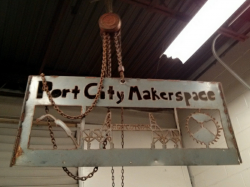
What happens in a makerspace
Innovation by experimentation
What activities take place any particular makerspace may largely depend on the nature of the founders, the tools available, the funding or even the active users themselves. The most important element is the fact that it's a space for creative exploration with other people. Many have open spaces with large tables where groups can work on a variety of projects, either as scheduled class with an instructor or with whoever drops in to see what's going on.
It's common for makerspaces to include metalworking tools, laser cutters, open source arduino electronics - particularly for robotics, and a 3-D printer.
The best example of the innovation that can come out of this type of collaboration is the Makerbot 3-D printer - a result of a collaborative project at NYC Resistor - a New York hackerspace. Much of today's explosive growth in personal 3-D printing can be attributed to start up CEO Bre Pettis selling the Makerbot printer in kit form - using open source arduino electronics housed in a laser-cut plywood frame. As of April 2013, Pettis has a team of 200 people at Makerbot Industries.
You can download his book 'The Beginning' which details the history of the hackerspace movement.
The benefits of open source hardware and software is not only crowd-sourced knowledge, but the fact that this information is freely shared so that others can continue to build upon previous successes. This knowledge came together in a meaningful way after the tsunami in 2011 damaged the Nuclear reactors at Fukushima, Japan. Local people didn't trust the government claims about radiation risks. Within an amazingly short period of time, inexpensive geiger counters - based on open source arduino boards and built by volunteers from other countries - were in the hands of Japanese citizens, allowing them to take local readings. The collected data is also being compiled for more complete analysis.
It's all about Arduino - Open source opens doors
Most people have probably never heard of Arduino and how it's accelerating our technological development. Arduino is an inexpensive open source electronics hardware platform that's actually the foundation for many recent innovations in robotics, DIY CNC inventions (like the Egg-Bot plotter) and desktop 3-D printers.

How does a makerspace operate?
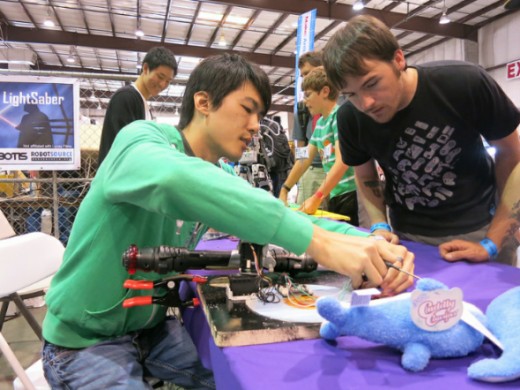
There's no one particular way to set up local maker or hackerspace. Some are organized as non-profits run by volunteers and funded through donations, sponsors and membership dues. Others may follow a coopertive model where the members have a stake in the operation. Some public access spaces like Tech Shop which started rather appropriately in Menlo Park, California and FabLabs are full fledged businesses that offer a wide variety of shop tools, classes, and other services to members.
This article - Is it a Hackerspace, Makerspace, TechShop, or FabLab? in Makezine gives an excellent summary of the different types of public access learning centres.
At Noisebridge, in San Francisco, you don't even have to be a member to use the space but there's a clearly marked donations box at the reception desk. Membership allows you to participate in decision making of the organization and new members must be sponsored by two existing ones. It's an open and somewhat anarchistic operation that seems to work amazingly well on the premise that you envision the culture that you want.
No matter how a particular space is operated, people are there because they want to be there - they're motivated, engaged and eager to learn - they're learning skills, sharing ideas, and cooperating. Many members also take their ideas, projects and inventions on the road to one of the growing number of Maker Faires held around the US, Canada and other countries.
The Schoolfactory.org Space Federation is a collaborative learning initiative supporting and fostering makerspaces in the US. If you want to learn more about how makerspaces function from administration to facilities you should watch this video.
Makers can grow the local economy - Artisan and craftmen renaissance
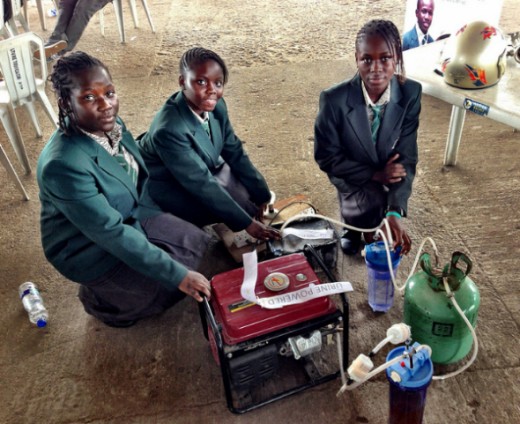
Cities and towns that developed and grew around a single manufacturing industry have been in decline for the past two decades as jobs were offshored and mills and factories closed. Small rural communities have a similar problem as the younger generations move to cities for work. Well publicized and active makerspaces could be one of the best ways to stabilize and grow local comminities for the future.
If kids and other displaced workers can learn to solve problems, develop new skills and share ideas in the local community, they're better equipped and much more likely to stay and start a business than to leave to find a job.
Success breeds success, and in today's connected world where you live matters less than your ability to develop a new product or idea and get it out into the marketplace - which can be almost anywhere there's an internet connection. Automated mass production is driving down the price of manufactured goods. But there's a rennaissance in quality hand crafted and custom designed products and a personal connection to the craftsman.
The creative artisan can thrive in the new economy alongside the high tech innovator - it's a case of learning how to connect with your customers and taking advantage of the endless opportunities in a networked society.
Just some of the US collaborative learning spaces operating as of 2013
Artisans Asylum (Boston MA)
Baltimore Node (Baltimore MD)
Bucketworks (Milwaukee WI)
Jigsaw Renaissance (Seattle OR)
Make it Labs (Nashua NH)
Noisebridge (San Fransico CA)
NYC Resistor (New York NY)
Pumping Station One (Chicago IL)
TechShop (Several Locations)



